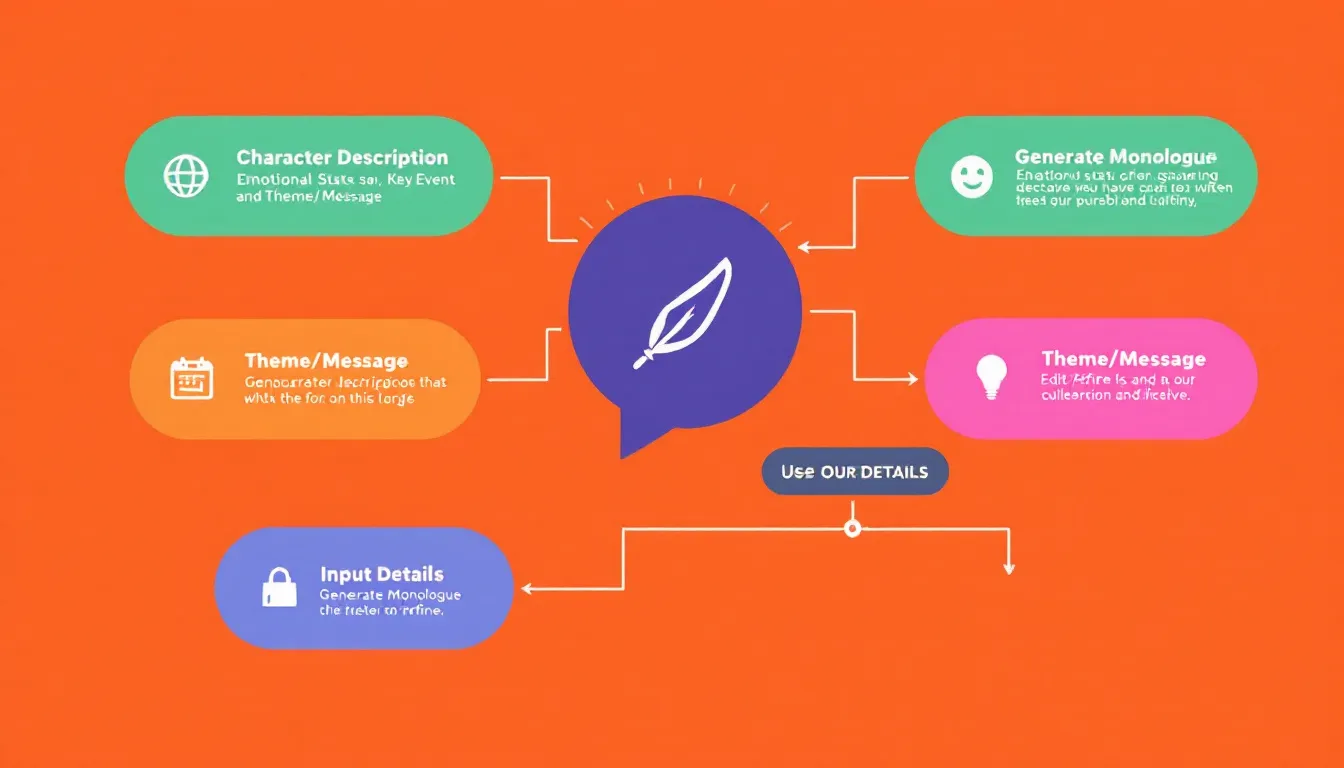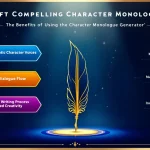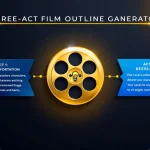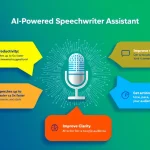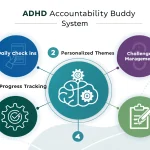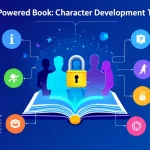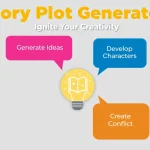Character Monologue Generator
Is this tool helpful?
How to Use the Character Monologue Generator Effectively
This Character Monologue Generator helps you create powerful and emotional monologues by guiding you through essential prompts about your character and their situation. Follow these steps to get the best results:
-
Setting: Describe where your monologue happens. This sets the atmosphere and context, grounding your character’s speech. Try examples like:
- A quiet café on a rainy afternoon, with soft jazz in the background
- An ancient temple courtyard lit by flickering torches
-
Character Description: Provide key details about your character’s personality, background, and lifestyle. This shapes their voice and emotional outlook. Examples:
- An introverted librarian with a secret passion for poetry
- A streetwise teenager balancing school and family challenges
-
Emotional State: Express how your character feels in this moment. Their emotions direct the tone and urgency of the monologue. Example inputs:
- Conflicted and uneasy
- Joyful but hesitant
-
Key Event (Optional): Include a meaningful incident or circumstance impacting the character’s words. This adds depth and context. For instance:
- The character has just learned a long-lost sibling is alive
- A career-defining audition is moments away
-
Theme or Message (Optional): Share the central idea or message you want the monologue to convey. This focus helps unify your character’s expression. Sample themes:
- The quest for personal freedom despite societal limits
- Forgiving oneself to heal old wounds
Once you complete the form fields, press “Generate Monologue.” The generator will craft a tailored monologue reflecting your inputs. Use the output as a foundation to build, edit, or spark inspiration for your story.
Introduction to the Character Monologue Generator
The Character Monologue Generator is a creative writing assistant that blends your input with intelligent processing to produce emotionally rich monologues. Whether you’re a writer, actor, or storyteller, this tool simplifies crafting authentic monologues by guiding you through key character and situational details.
What Is a Character Monologue?
A character monologue is a focused speech delivered by one character in a play, film, or story. It reveals inner thoughts, advances the plot, and connects the audience emotionally. Monologues help you:
- Showcase your character’s personality and motivations
- Explore central themes within the narrative
- Heighten dramatic tension and emotional impact
- Provide insight into backstory or future intentions
Writing engaging monologues takes time and a clear understanding of your character’s voice, desires, and emotional state. This generator offers an efficient way to jumpstart that process.
Benefits of Using the Tool
Using the Character Monologue Generator streamlines your writing process by:
- Structuring monologue creation: The tool prompts you with targeted questions, focusing your ideas and boosting clarity.
- Jumpstarting creativity: It helps you overcome writer’s block by providing immediate, tailored content based on your inputs.
- Saving valuable time: Generate draft monologues in seconds, freeing you to revise and develop richer narratives.
- Enhancing character depth: By thinking through setting, emotion, and events, you deepen your understanding of your character’s voice.
- Offering diverse perspectives: It generates varied monologues reflective of many backgrounds and emotions, fostering authenticity.
Ultimately, the tool supports your creative flow and helps you produce emotionally compelling monologues that fit your storytelling style.
Practical Uses of the Character Monologue Generator
This Character Monologue Generator is useful across many creative disciplines including:
1. Screenplay and Playwriting
Writers crafting scripts can use the generator to create impactful speeches for dramatic moments. For example:
- Setting: A deserted subway station late at night
- Character Description: An exhausted detective on the brink of a breakthrough
- Emotional State: Determined but weary
- Key Event: Just uncovered a major clue that changes the case
- Theme: The persistence needed to seek truth in darkness
The resulting monologue can highlight tension and resolve, forming a scene’s emotional core.
2. Novel and Short Story Development
Authors can use the tool to enrich characters’ inner voices or to craft moments of introspection and revelation in prose. For instance:
- Setting: A windy bluff overlooking the ocean at sunset
- Character Description: A young artist grappling with self-doubt and ambition
- Emotional State: Anxious yet hopeful
- Key Event: Just received news of an upcoming gallery show
- Theme: Embracing vulnerability as a path to growth
Use generated monologues to deepen your character’s voice and reveal inner conflicts.
3. Theater and Acting Practice
Actors can develop unique monologues for auditions or workshops, experimenting with different emotional states and backstories. The tool encourages exploring new angles and raw emotion.
4. Creative Writing Exercises and Workshops
Writing groups and classes can use this generator as a prompt to stimulate imagination, encourage character exploration, and practice dramatic writing skills.
By using this Character Monologue Generator, you gain a quick, focused way to create meaningful and authentic speeches tailored to your creative needs.
Important Disclaimer
The calculations, results, and content provided by our tools are not guaranteed to be accurate, complete, or reliable. Users are responsible for verifying and interpreting the results. Our content and tools may contain errors, biases, or inconsistencies. Do not enter personal data, sensitive information, or personally identifiable information in our web forms or tools. Such data entry violates our terms of service and may result in unauthorized disclosure to third parties. We reserve the right to save inputs and outputs from our tools for the purposes of error debugging, bias identification, and performance improvement. External companies providing AI models used in our tools may also save and process data in accordance with their own policies. By using our tools, you consent to this data collection and processing. We reserve the right to limit the usage of our tools based on current usability factors.
